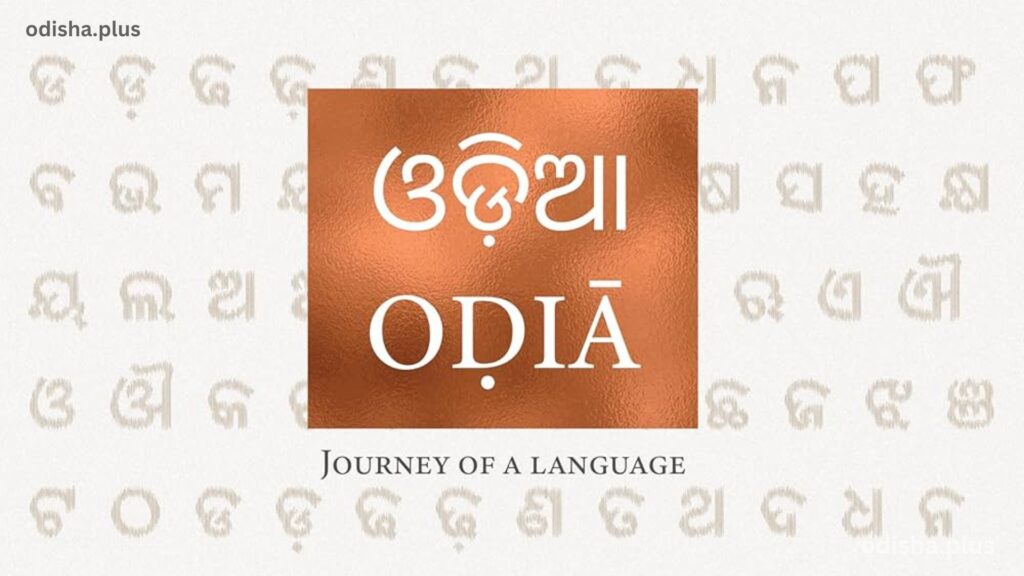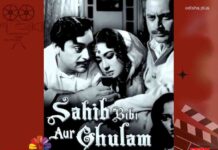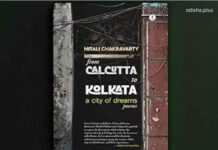Bhaskar Parichha

OḌIĀ: Journey of a Language
Subhransu Panda/ Prateek Pattanaik
Odia Media Private Limited/Pen In books
Bhubaneswar
The language of Odisha, also known as Odia or Oriya, is a classical Indo-Aryan language spoken by the people of the Indian state of Odisha. It is one of the official languages of India and is recognized as a classical language by the Government of India.
Odia has a rich literary tradition dating back to the 7th century, with works such as the Sarala Mahabharata and the Bhagavata being important contributions to Odia literature. The language has a unique script, known as the Odia script, which is derived from the Brahmi script. Odia is spoken by over 40 million people worldwide, with the majority of speakers residing in Odisha and neighboring states. It is also spoken by diaspora communities in countries such as the United States, Canada, and Australia.
The language is known for its lyrical and poetic qualities, with a rich vocabulary and a diverse range of dialects. It is a language that is deeply rooted in the culture and history of the region, and plays a significant role in shaping the identity of the people of Odisha.
‘OḌIĀ: Journey of a Language’ by Subhransu Panda/ Prateek Pattanaik was a much-needed book and it is remarkably so. Call it a visual biography or a stunning coffee table book, never before has Odia language been presented in such a beautiful and captivating way. Subhransu Panda, a renowned Odia author, has published 8 titles and received numerous awards, including the State Youth award 2007-2008 for his short story manuscript ‘Gapa’. His novels ‘Susamachara’, ‘Silpa Bhagabata’, and ‘Itara’ are praised for their themes of religious evangelism, romance during the industrial revolution, and the struggles of the third gender. He is also interested in the history of Odia literature and the printing press. Prateek Pattanaik, a musician and scholar, is known for his work in Odissi music and editing palm leaf manuscripts. He is recognized for his archiving efforts, lecture-demonstrations, and authorship of ‘Odissi Sangita Baridhi’ which includes musical notations.
Says the blurb: ‘Odia, one of the six classical languages of India and the only classical language from the Indo-Aryan family, has a rich legacy and history spanning over 2000 years. From the Hatigumpha inscription of Kharavela to the copper plates of Gajapati Kapilendra Deba; from the Buddhist songs of the Mahasiddhas to the ornate poetry of Upendra Bhanja; from the classical grandeur of Odissi songs to the graceful abhinaya of Odissi dance; from the eloquent majesty of the courtly pundits to the rustic beauty of the villager’s speech; from the ancient legends retold in the performing arts to the modern novel of Fakir Mohan and from the palm leaf manuscript to the technology of the digital era— the Odia language has permeated every facade of Odisha’s rich culture and life. This book is an ode to the rich legacy of the Odia language, a visual narration of its exceptional journey over the centuries.’
Write the authors in the Preface: ‘the beginning of the 21st century can be rightfully called one of the golden ages in the history of the Odia language. With the increase use of computers, Odia was encoded into digital systems and used more and more on the internet. The Government of Odisha encouraged transition, adapting to modern technology at this most crucial juncture. In 2011, by the constant efforts of the State Government anglicized spellings of ‘Orissa’ and ‘Oriya’ were corrected to resemble the native pronunciations ‘Odisha’ and ‘Odia. In 2014, Odia became sixth Indian language to get the recognition of a classical status. Over time, courses were introduced for the Odia diaspora, a virtual arcade was instituted, a heritage cabinet was formed, the Language Literature and Culture department was split away into a separate entity, ‘Bande Utkala Janani’ was officially recognized as the state song, the Odia Official Language Act was amended, district-level book fairs were organized, a national-level book fair was organized in Bhubaneswar, higher research in Odia was incentivized and a new Odia University was established Satyabadi. Now with the World Odia Language Conference in 2024, Odia is becoming truly global, spreading across the shores of Odisha into vast world beyond.’
This meticulously crafted book features a sturdy hardcover and 240 pages packed with valuable information. The inclusion of numerous photos from archives and museums worldwide adds to its allure. Offering a concise and clear overview of the evolution of India’s sixth classical language, this book’s concept is truly praiseworthy.
A must-have for anyone intrigued by the Odia language and eager to explore its journey from the 6th century Brahmi script to the first World Odia Language Conference.
(Bhaskar Parichha is a senior journalist and columnist. Views expressed as personal.)


























